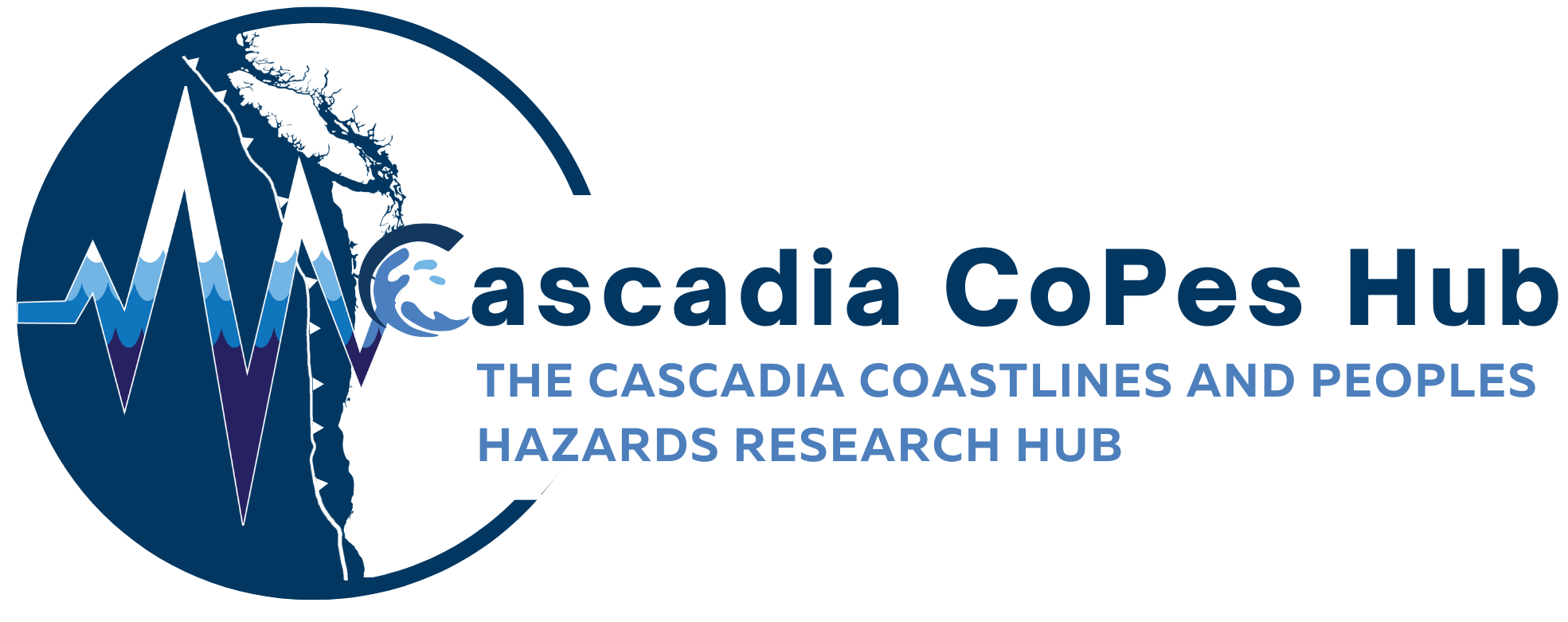Visualizing Dynamic Processes and Social-ecological Systems to Advance Coastal Resilience Action
This research focuses on mitigating the coastal erosion impacts of the North Willipa Shoreline to reduce the vulnerability of the Shoalwater Bay Indian Tribe, rural coastal communities, critical infrastructure, and vital beach and dune habitat.
f.a.q.
You have questions. wE have answers.
After all, asking questions is the first step in the scientific method.
The North Willapa Shoreline in southwest Washington has experienced severe coastal erosion over the last century, which has left the Shoalwater Bay Indian Tribe, rural coastal communities, critical infrastructure, and vital beach and dune habitat increasingly vulnerable to erosion and flooding. To mitigate these hazards, various nature-based shoreline protection measures have been implemented over the past decade, including an artificial dune, native plantings, sand fences, cobble berms, and large woody material. These efforts have been led by WECAN (Willapa Erosion Control Action Now), a community stakeholder forum. Despite WECAN’s impressive achievements thus far, this stretch of shoreline remains vulnerable.
As identified in the North Willapa Shoreline Erosion Mitigation Master Plan (2023), significant funding is needed to maintain momentum in this region and continue the path towards a resilient shoreline. To do so, there is an immense need to convey the benefits of nature-based approaches to a broad audience, including funding agencies and decision makers. This project will leverage landscape architecture expertise to creatively convey the connections between science and engineering (coastal processes, nature-based solutions), ecology (habitat enhancement for critical species), and community factors (vulnerable communities, infrastructure, beach access, recreation opportunities, cranberry economy). These visualizations and graphics will also convey the linkages between various projects along the shoreline to help underscore the need for a regional or landscape approach to coastal resilience.
The portfolio of graphics developed through this work will be used for securing grants, communicating research, supporting legislative and policy outreach, and enhancing community discussions and collaborative management.

